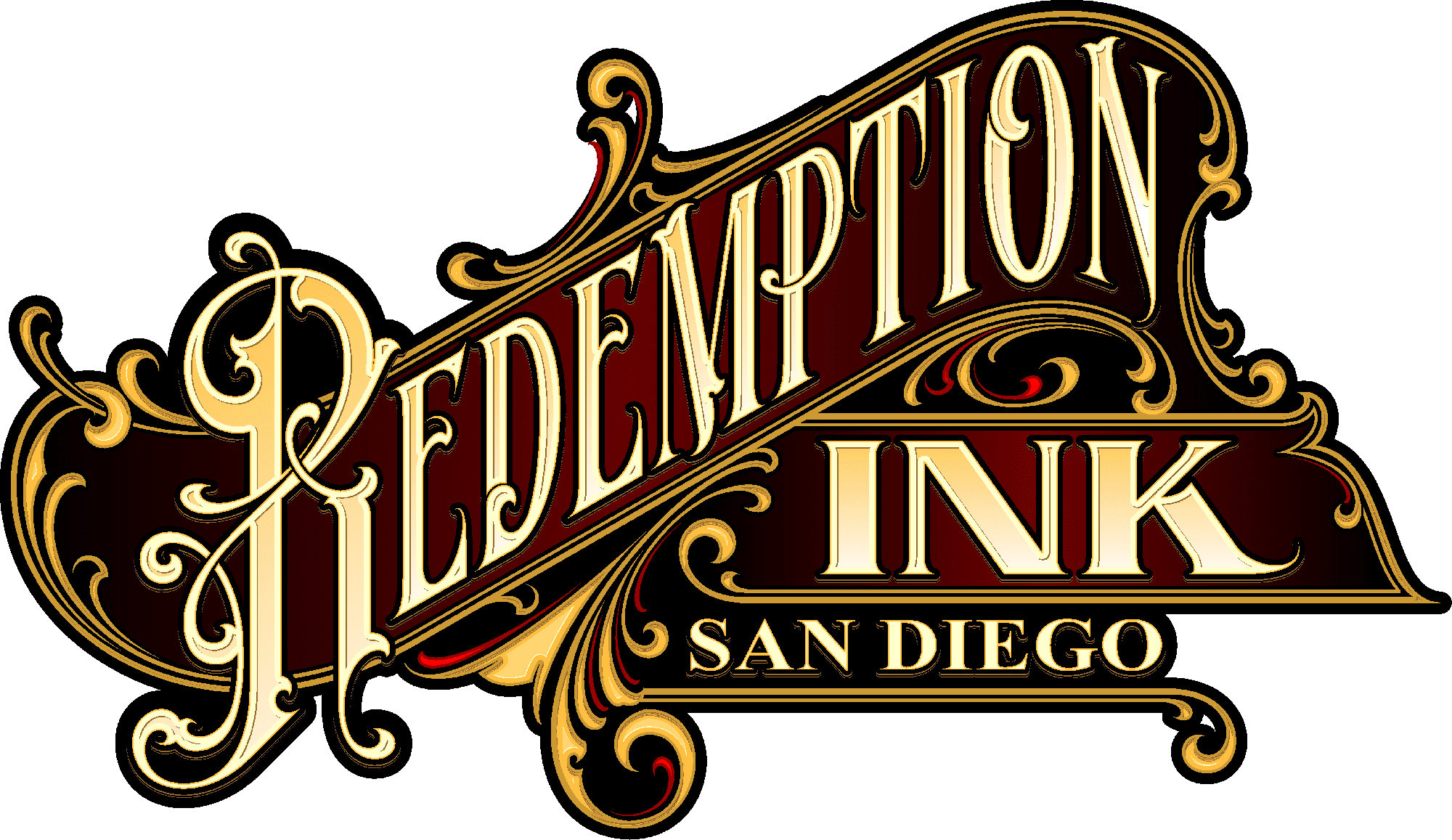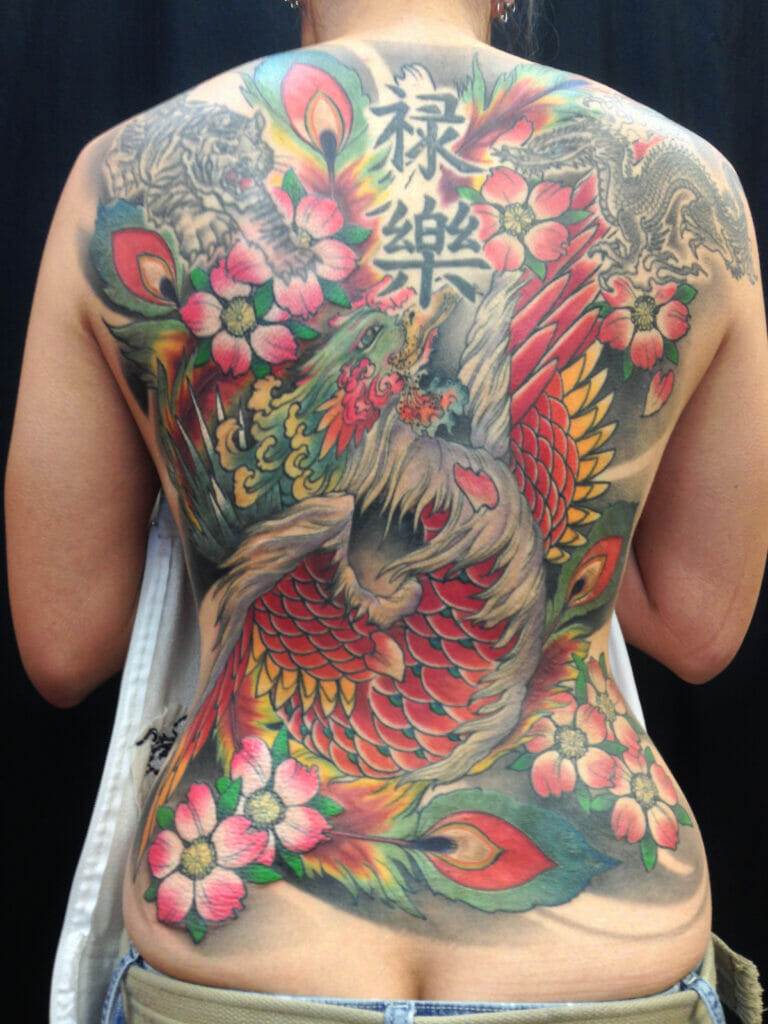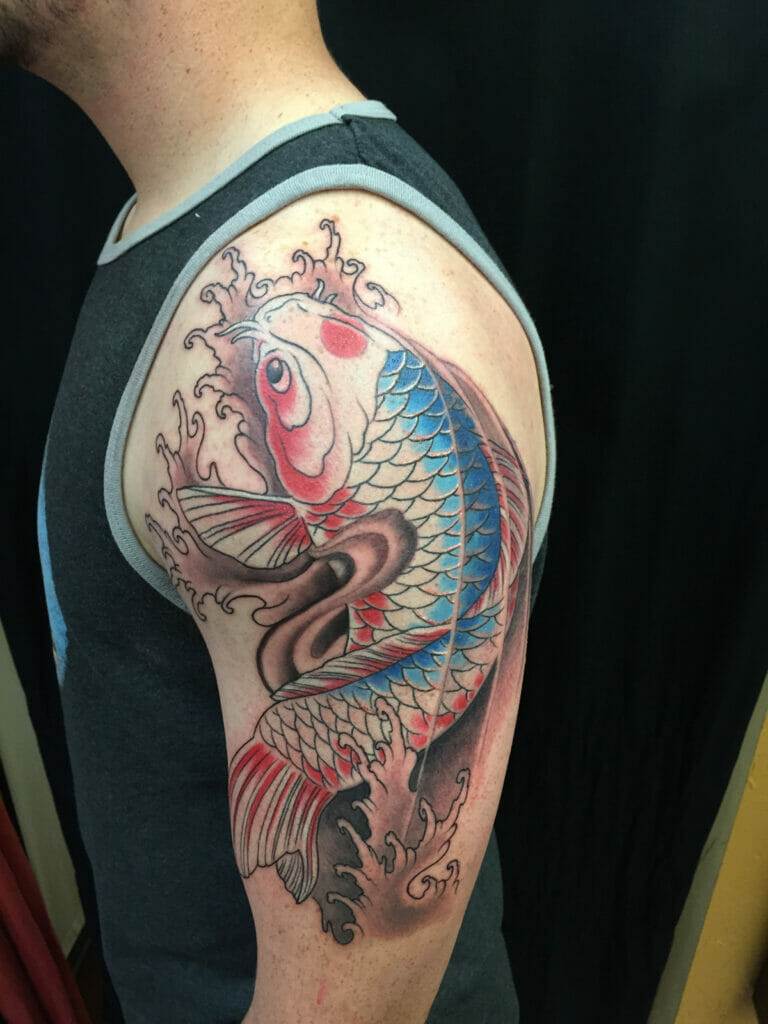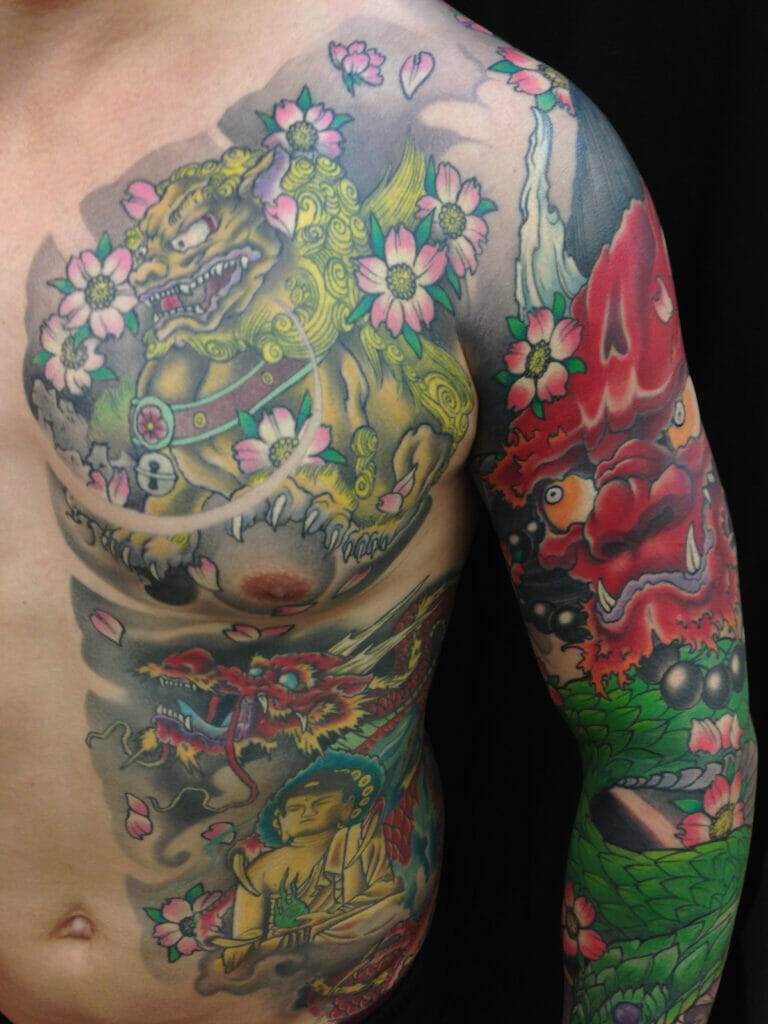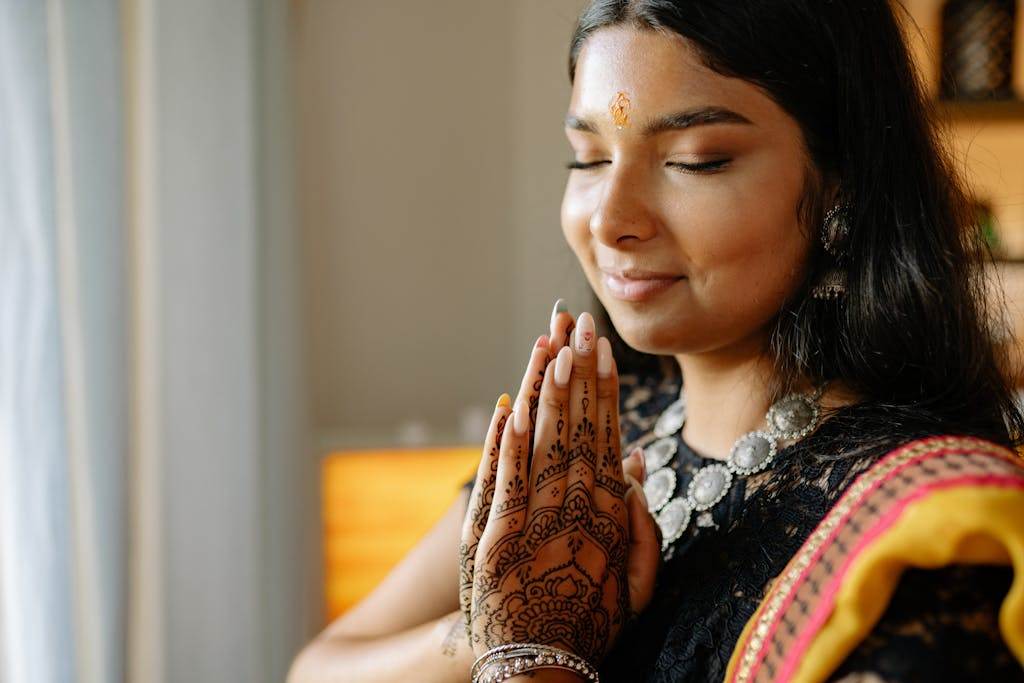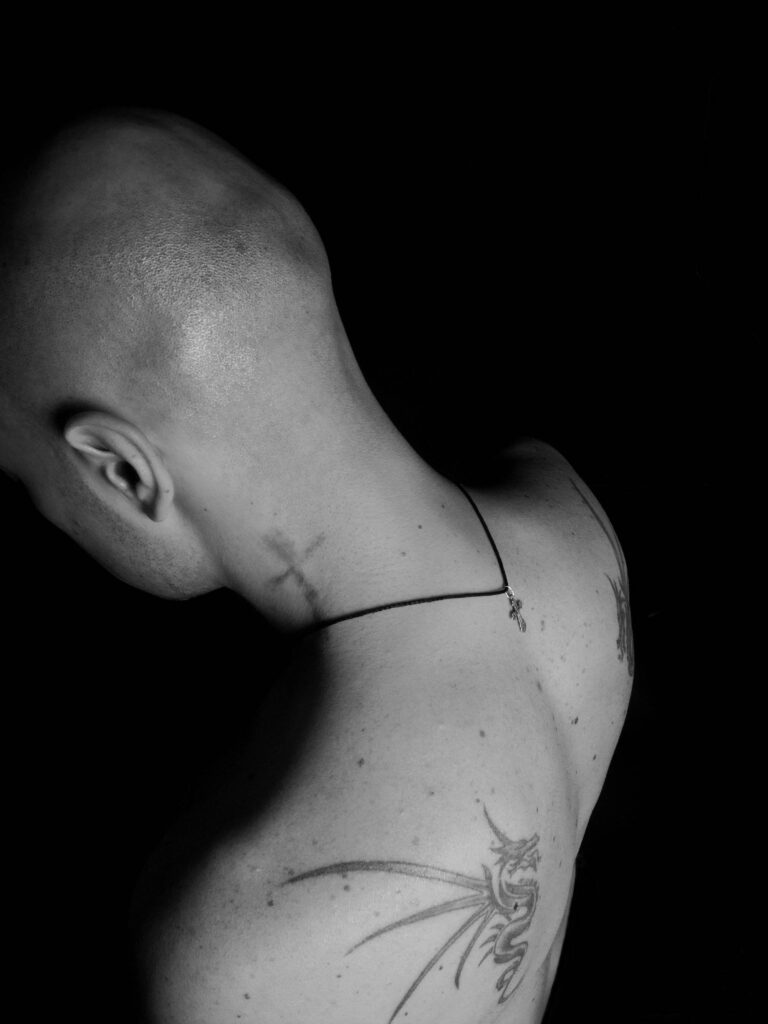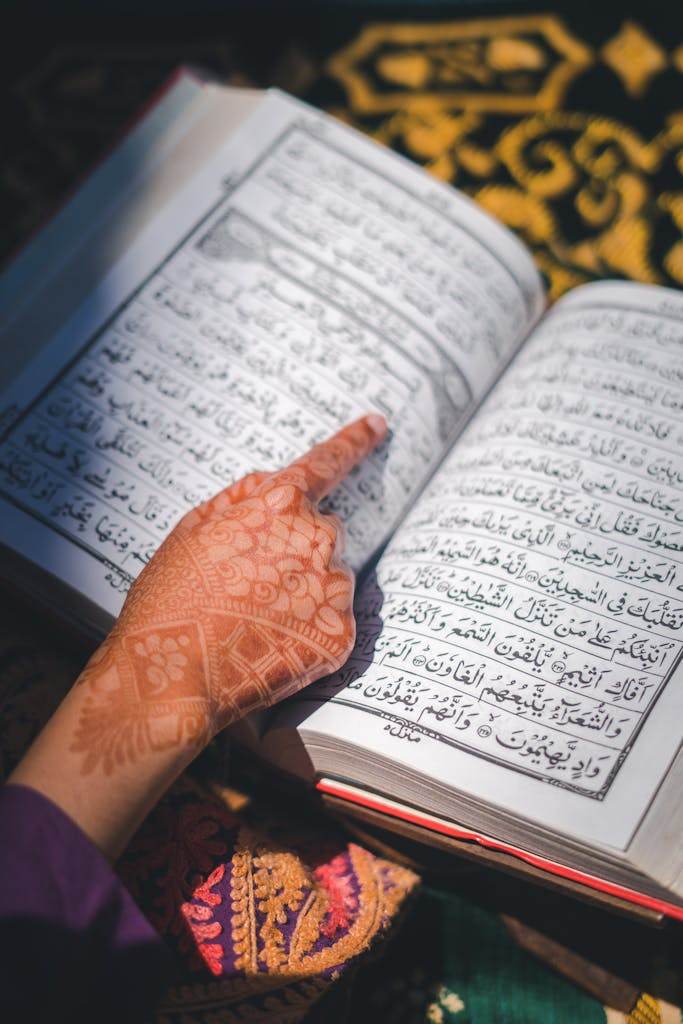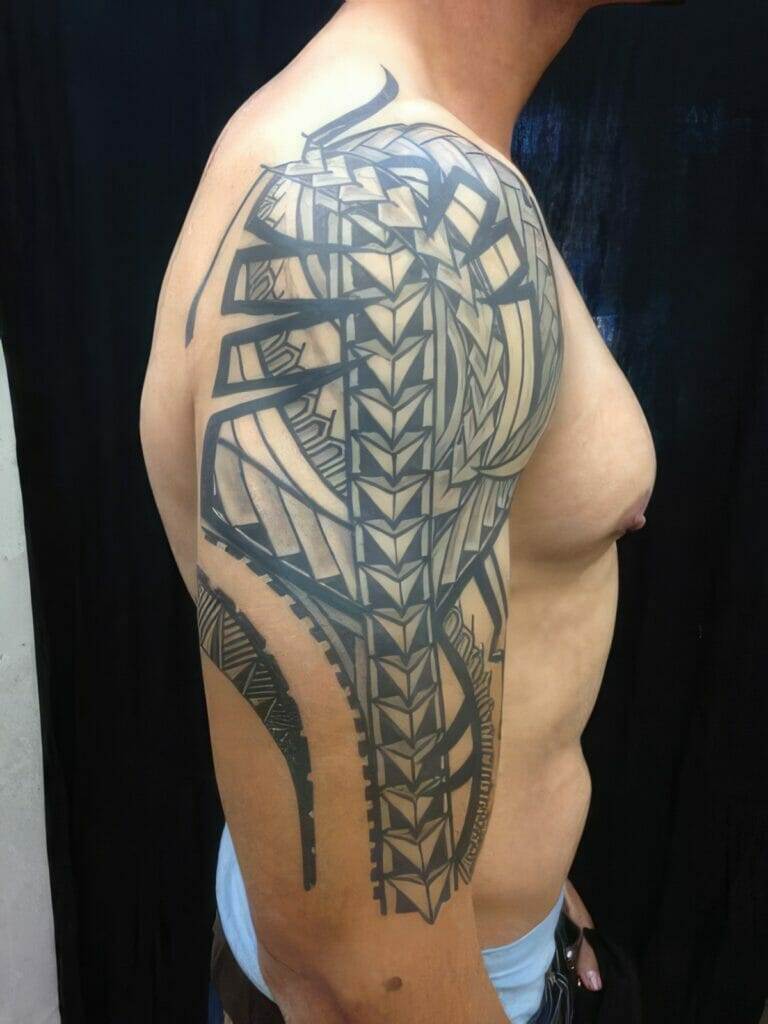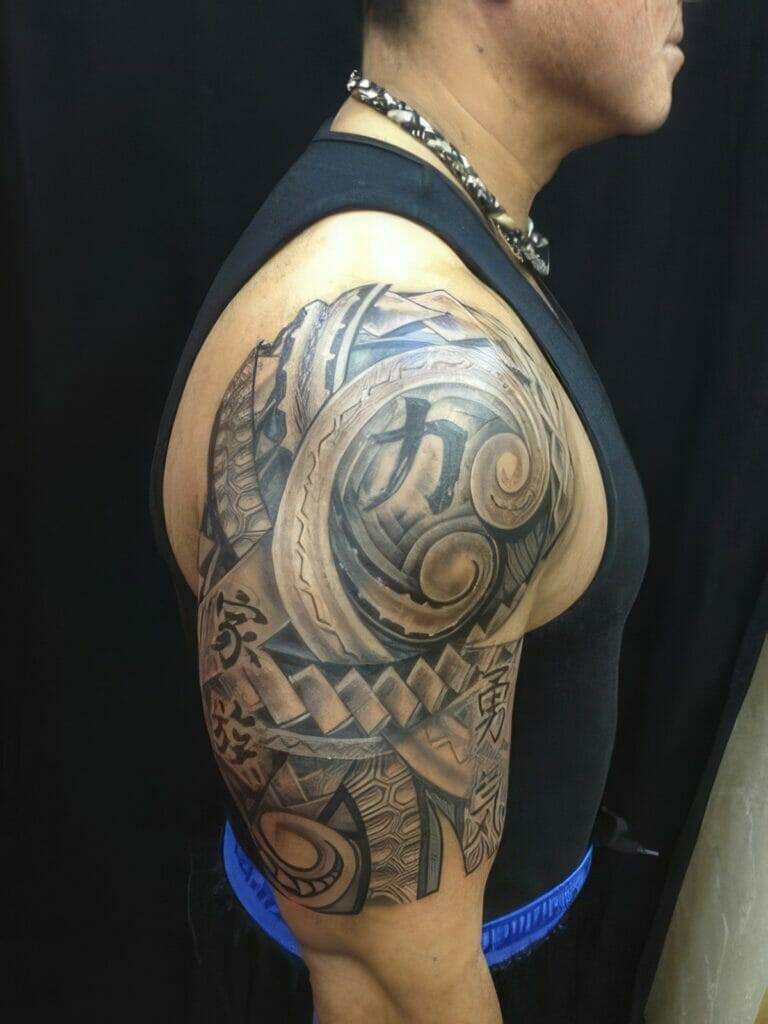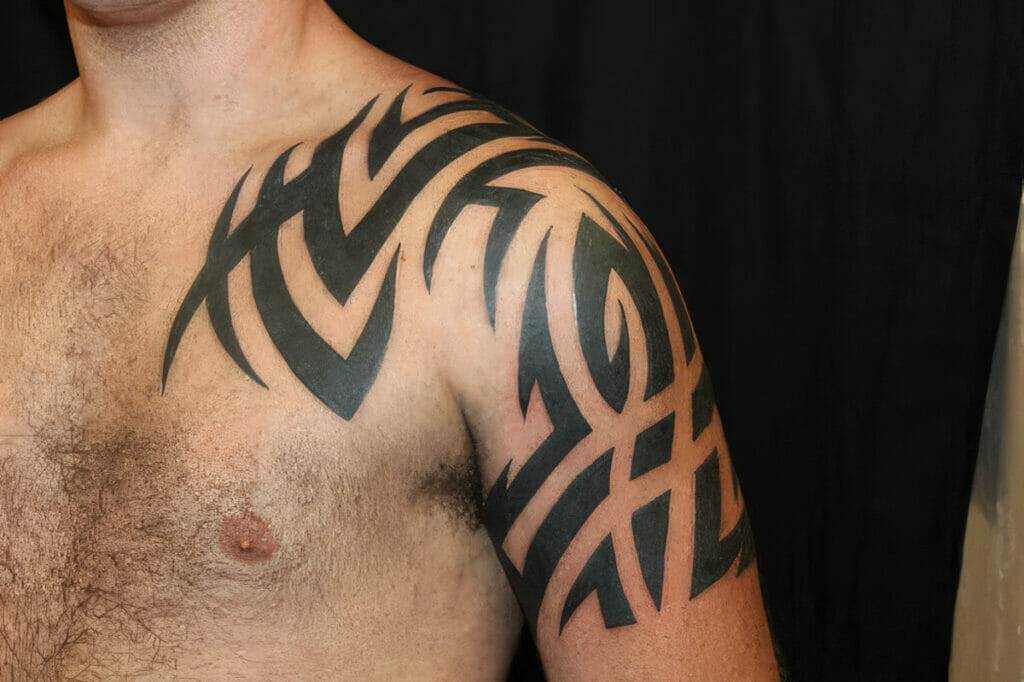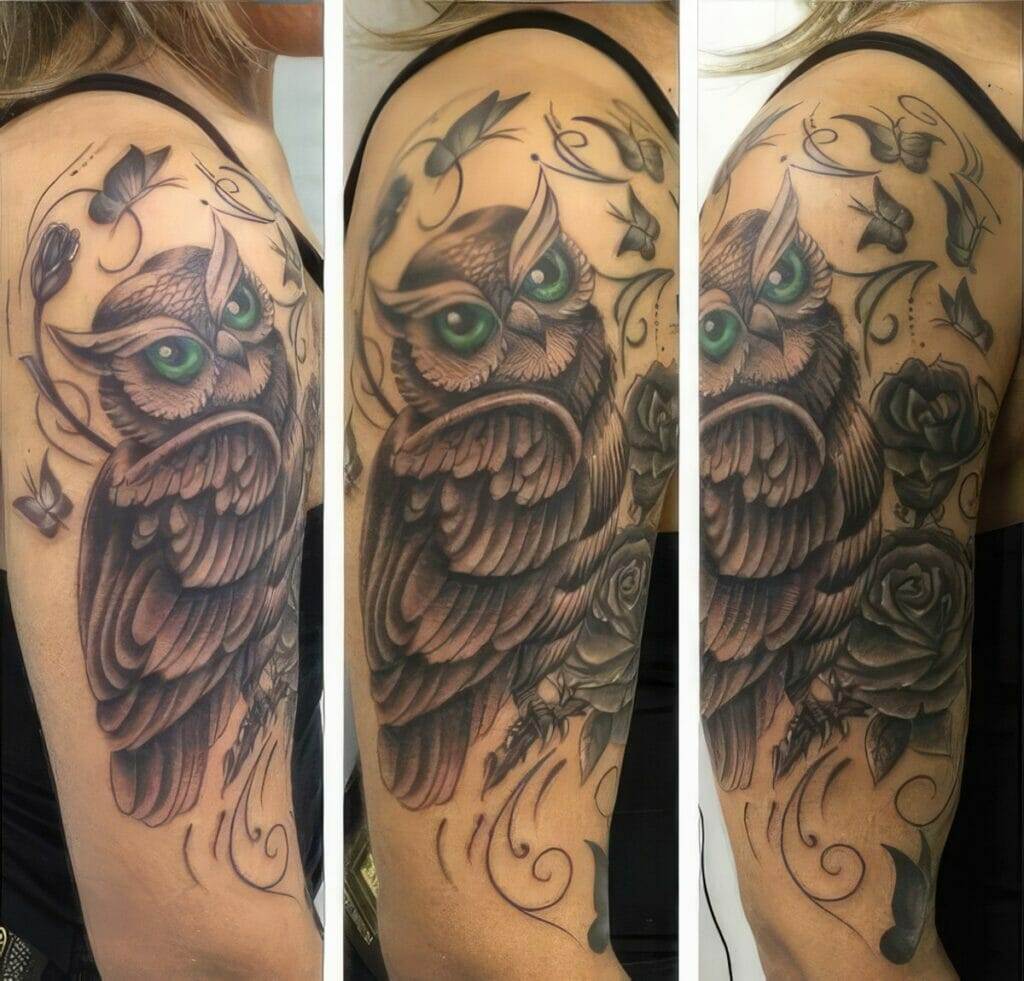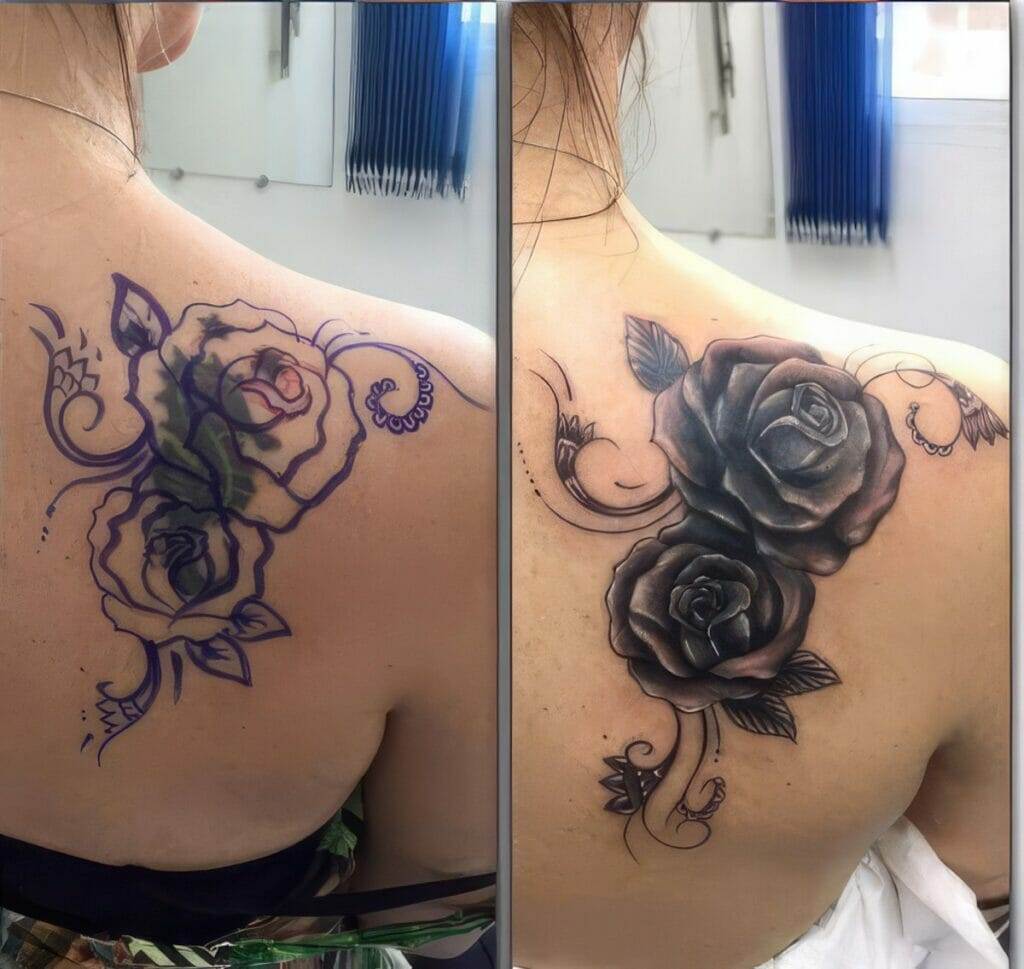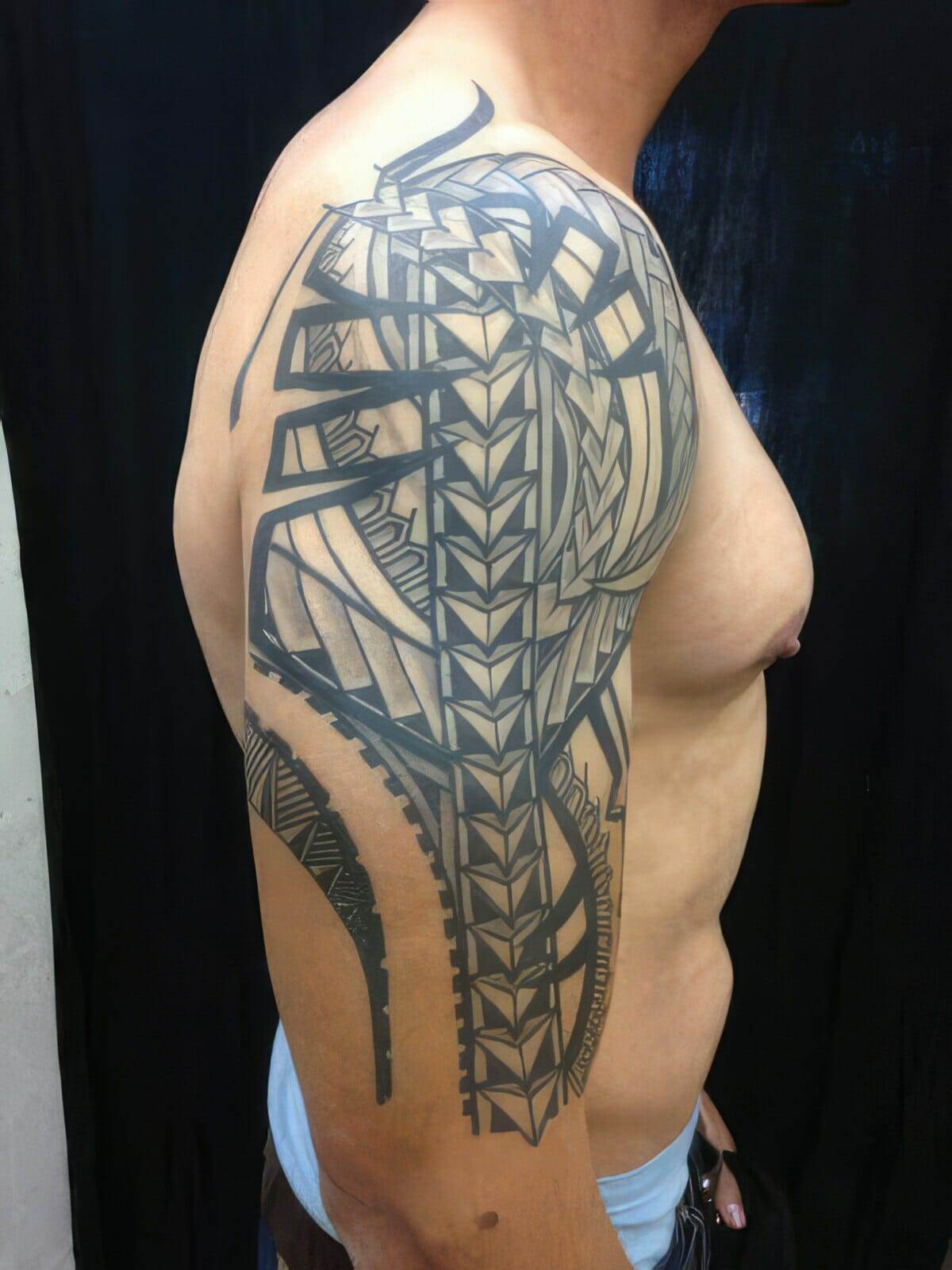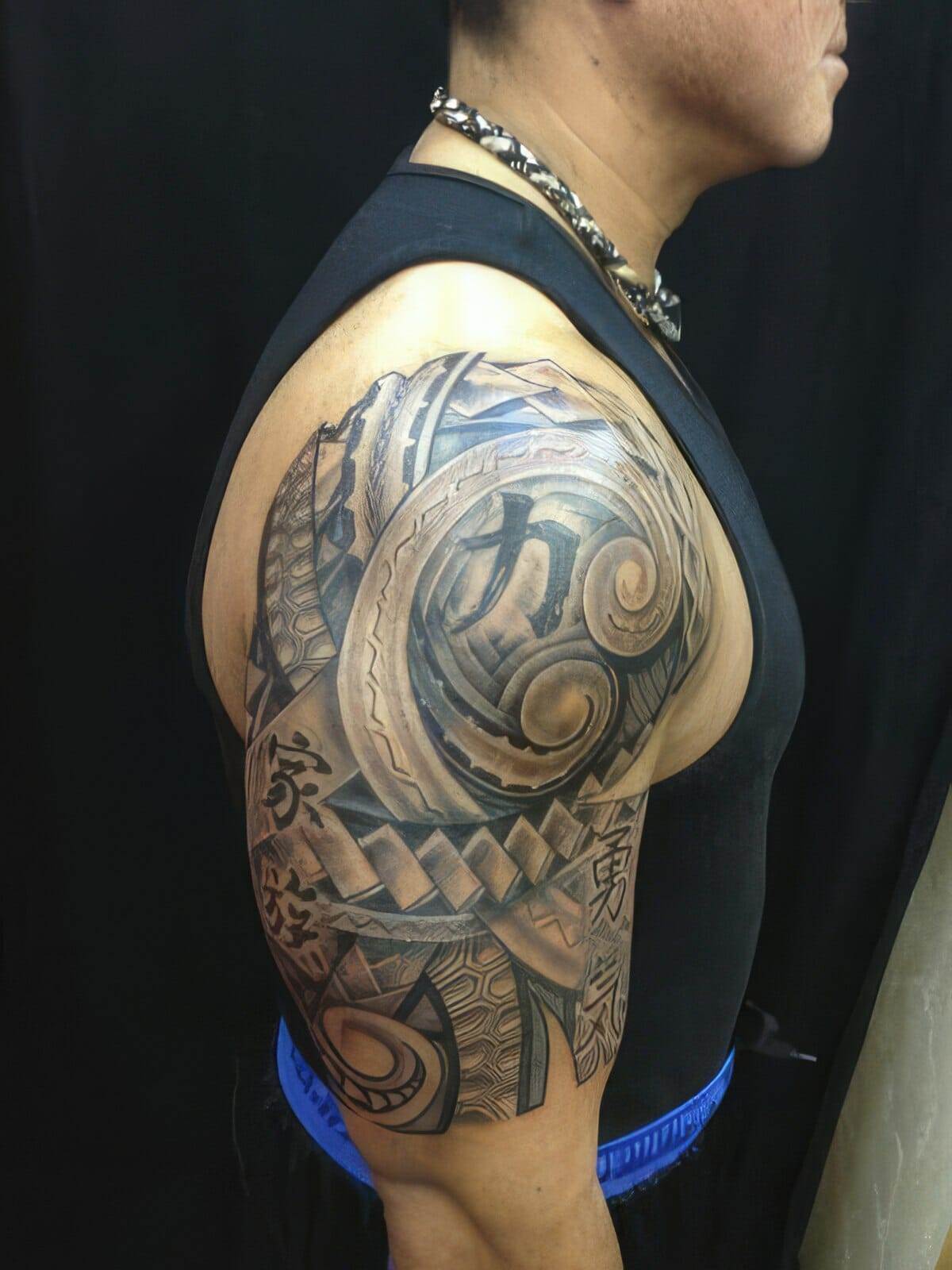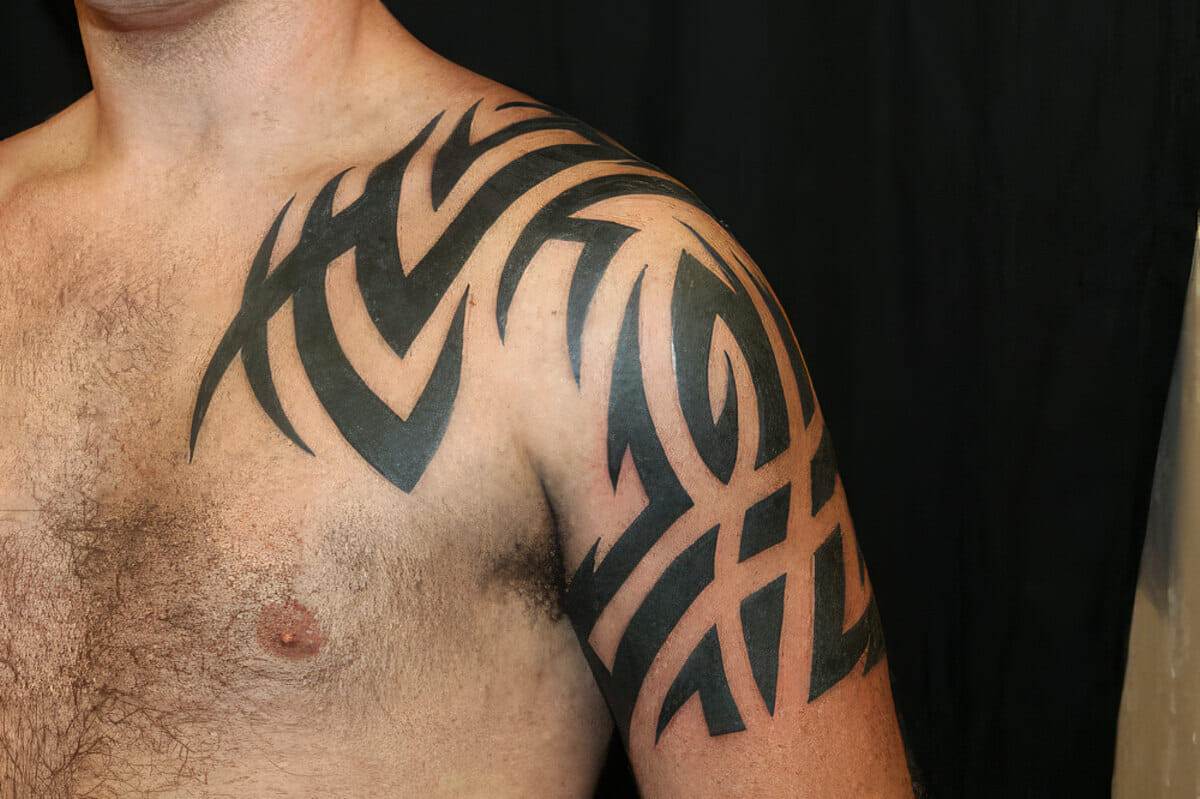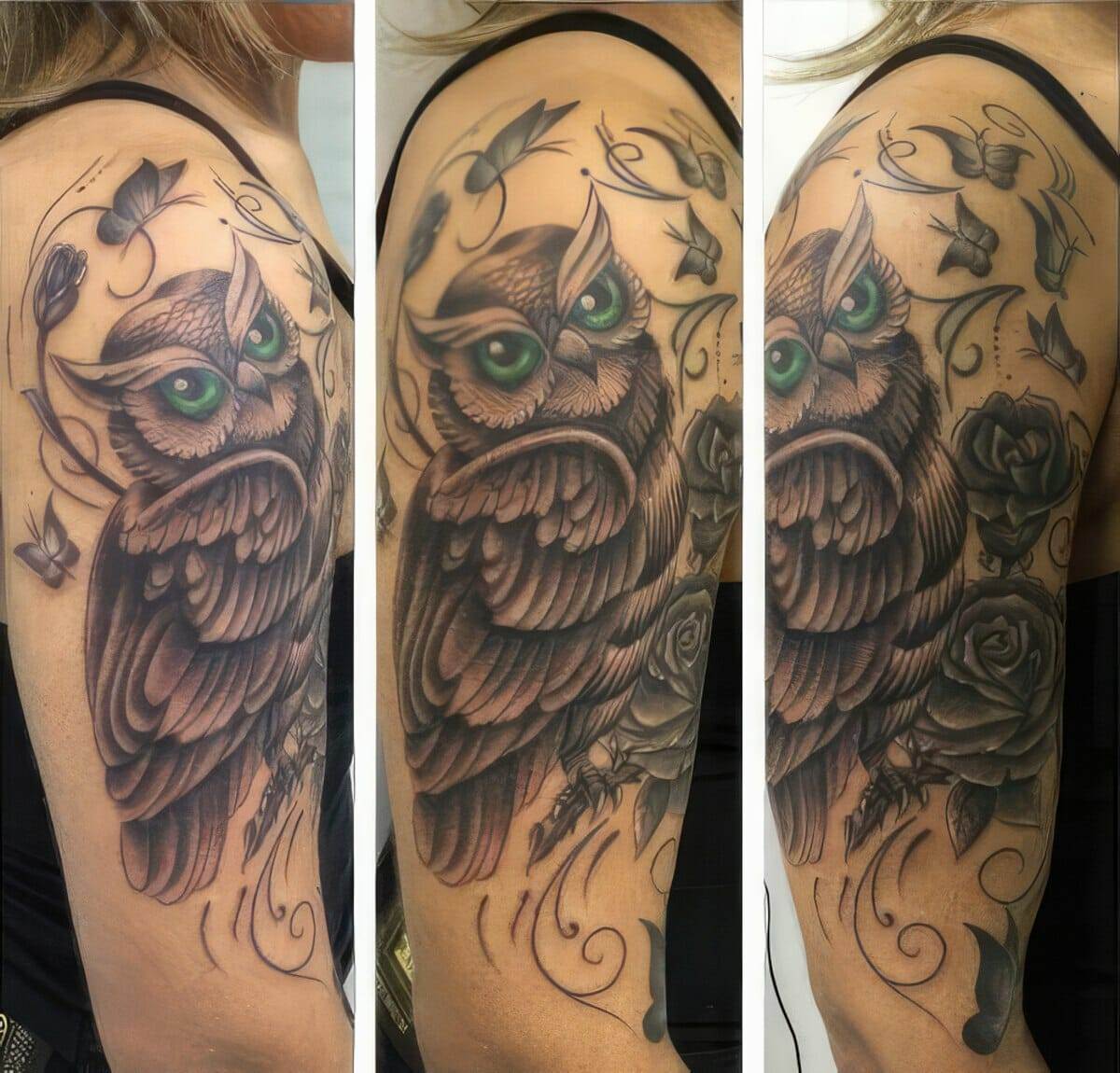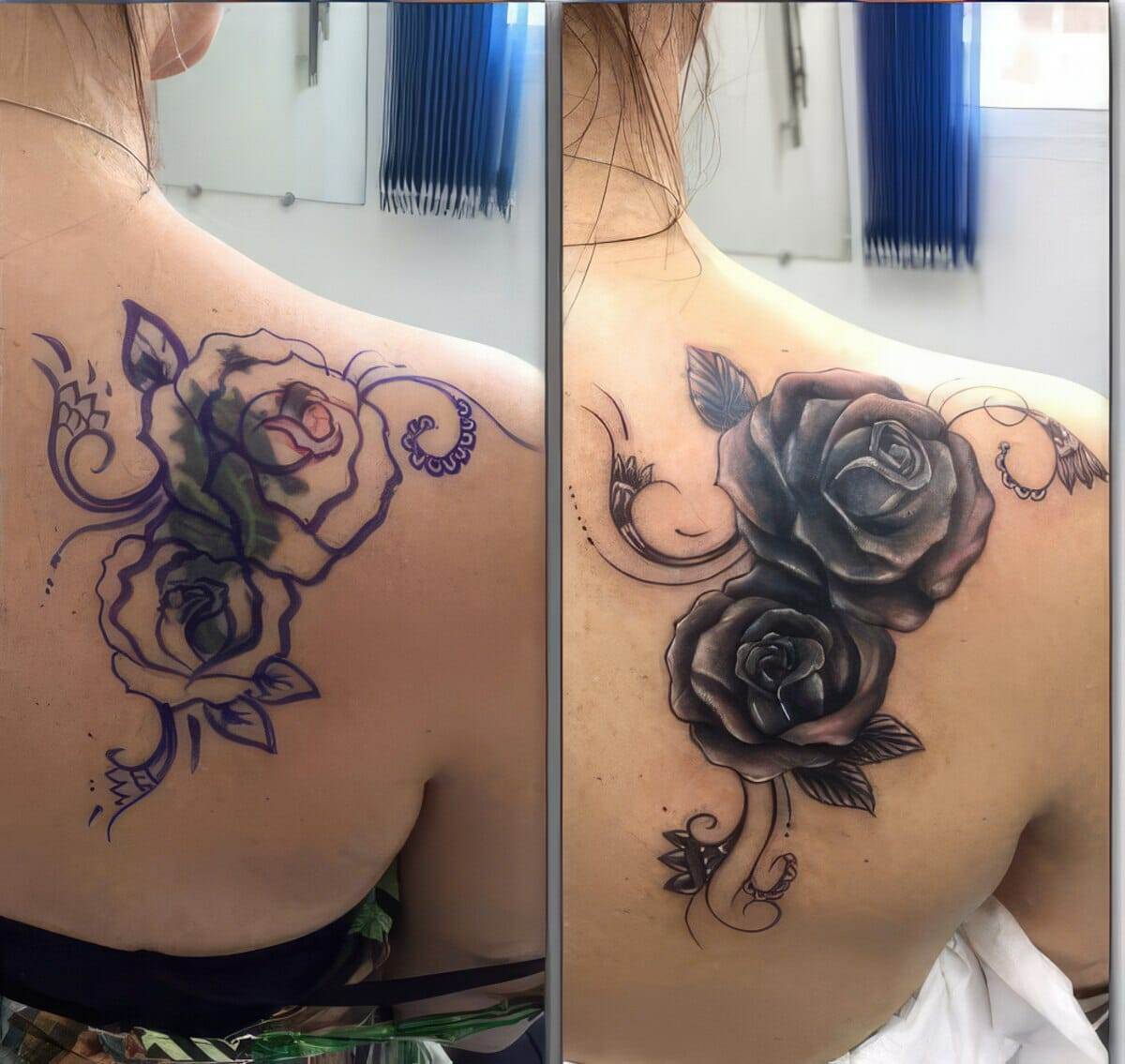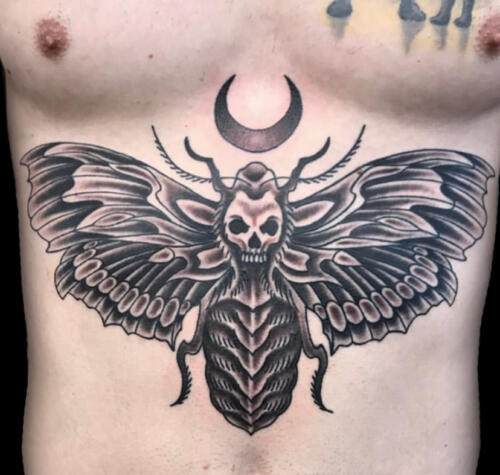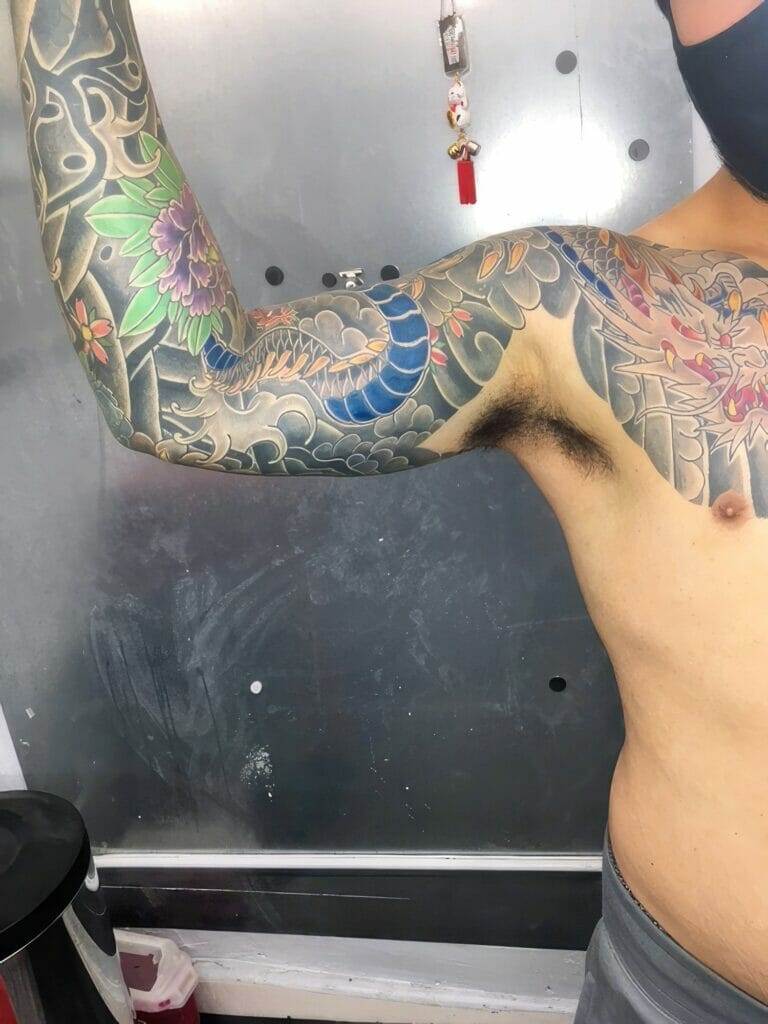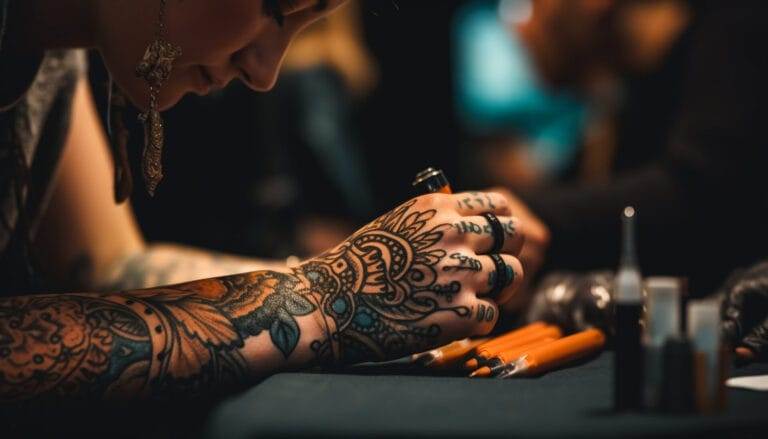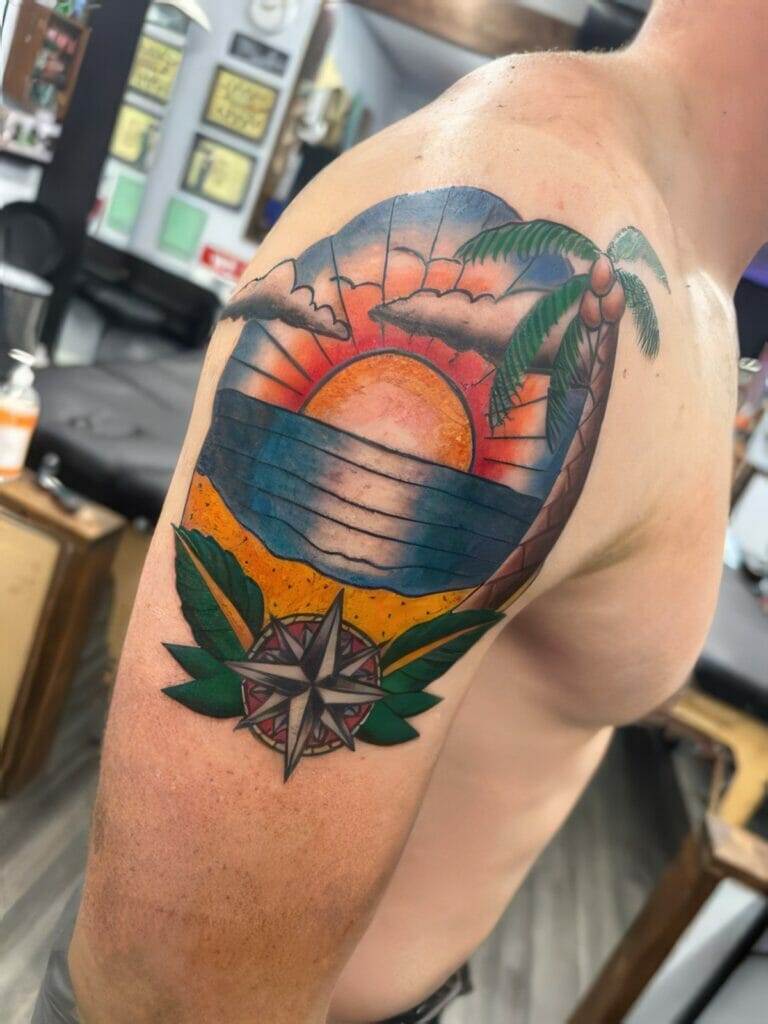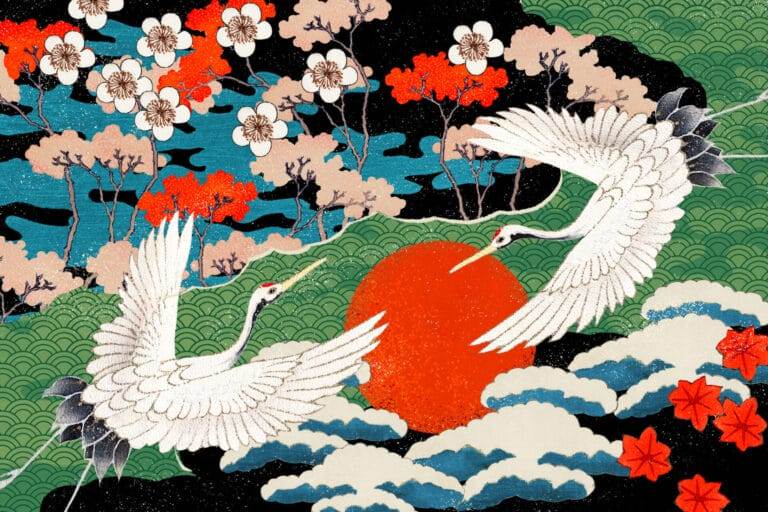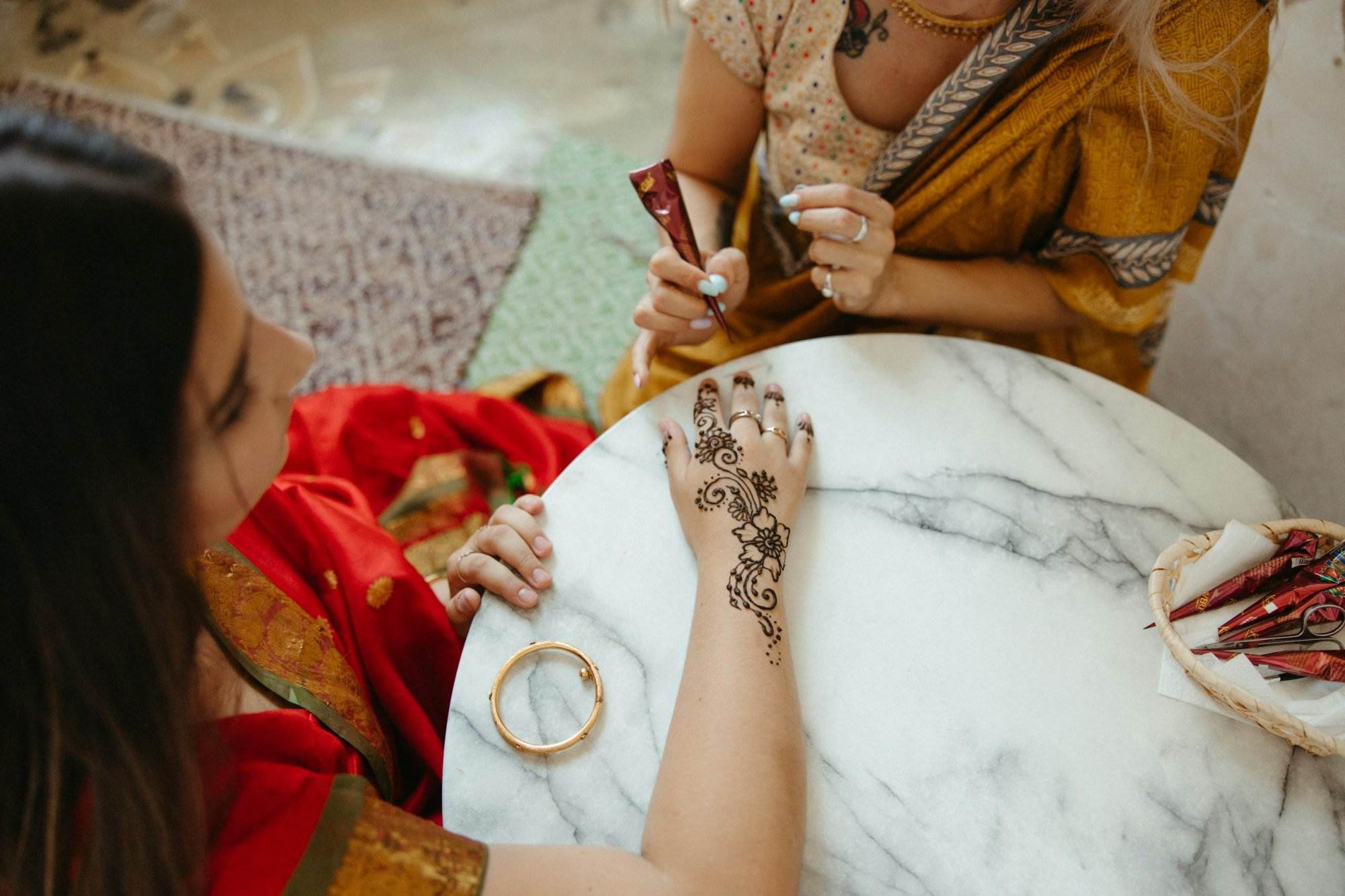
I: Introduction to Tattooing
Brief Overview of Tattooing
Tattooing is an ancient art form that involves the insertion of ink into the skin to create permanent designs. Its origins trace back thousands of years, making it one of humanity’s most enduring expressions of culture and individuality. The process typically uses a needle to puncture the skin, allowing ink to settle beneath the dermis. Modern tattooing has evolved, incorporating a range of styles and techniques, yet at its core, it remains a personal and artistic choice. Interestingly, many people find tattoos to be a form of storytelling. Each tattoo can represent pivotal moments in a person’s life or convey their aspirations and beliefs. For example, a friend of mine has a tattoo of a compass on his forearm. He explains it as a reminder to always find his direction, regardless of life’s challenges. Personal journeys like his demonstrate the emotional resonance behind tattoos, elevating them beyond mere decor.
Significance of Tattoos in Different Cultures
Tattoos hold varied meanings across cultures, often reflecting deep-rooted beliefs, traditions, and social structures. Here are a few notable cultural significances of tattoos:
- In Maori Culture: Tattoos, or “ta moko,” are not just body art; they represent the wearer’s genealogy and social status. Each tattoo is unique, telling the story of a person’s lineage and achievements.
- In Japanese Culture: Tattoos, or “irezumi,” have a complex history. Once associated with the yakuza (Japanese organized crime), they have now evolved into a celebrated art form, showcasing intricate designs that span the entirety of the body.
- In Indigenous Cultures: Many Native American tribes use tattoos to denote rites of passage, accomplishments, or to show spiritual connections. It’s seen as an honor and a sacred aspect of their identity.
- In Western Culture: Over recent decades, tattoos have transformed from taboo to trendy, especially among younger generations. In some instances, they serve as symbols of rebellion or individuality, while for others, they celebrate love and loss—such as memorial tattoos honoring a loved one.
Tattoos also bridge gaps across ages and backgrounds, fostering connections among individuals who can relate to a shared experience or meaning. The act of getting a tattoo can often be a communal event, further enhancing its significance. As we dive deeper into the fascinating history of tattooing in the following sections, it is evident that this art form signifies more than personal expressions—it represents a rich tapestry of cultural narratives and traditions that continues to evolve.
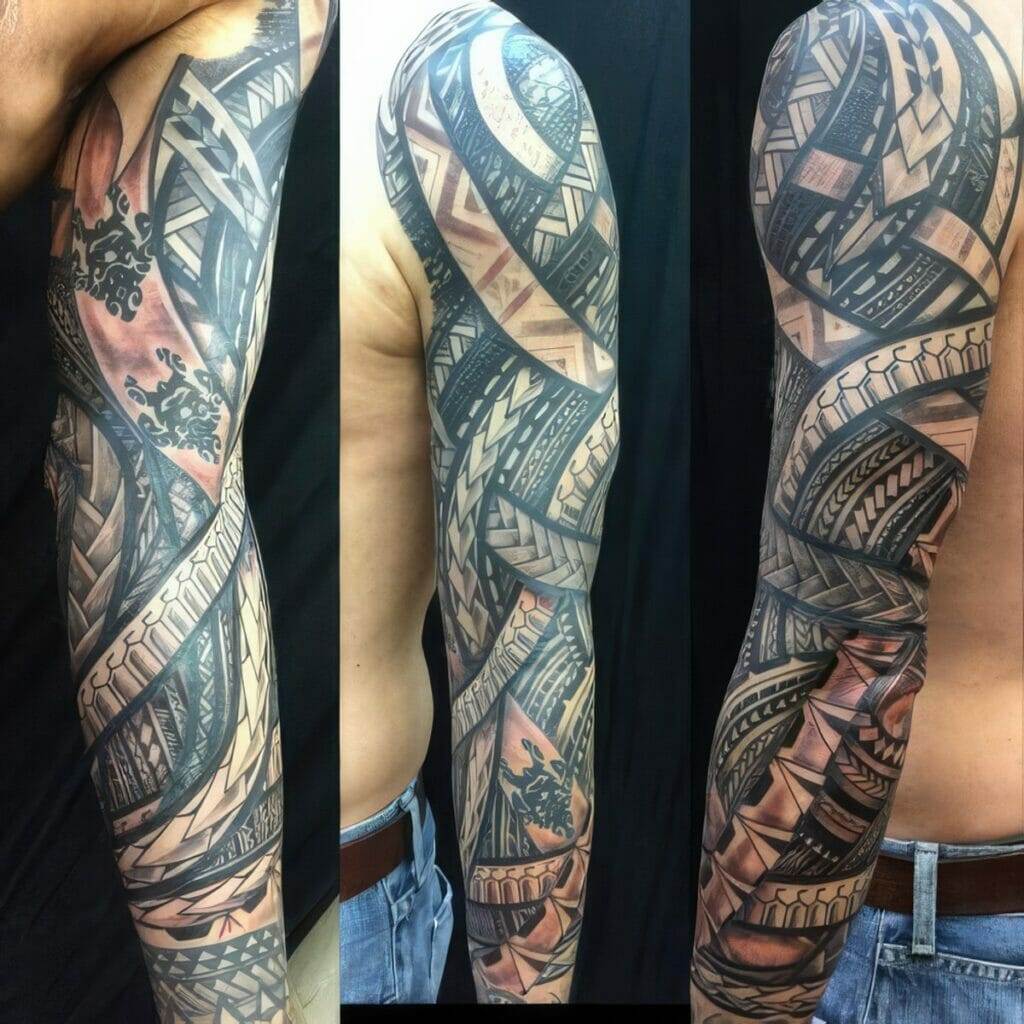
II: Early Beginnings of Tattooing
Tattoos in Ancient Egypt
When exploring the early beginnings of tattooing, one cannot overlook Ancient Egypt, a civilization renowned for its rich culture and artistry. Tattoos in Ancient Egypt date back to around 2000 BCE, primarily serving as symbols of status, protection, and spirituality. Many mummies discovered in archaeological digs reveal the presence of tattoos, particularly among women. The designs often included symbols such as:
- Lotus Flowers: Representing purity and resurrection.
- Sekhmet’s Image: The lioness goddess symbolizing strength and protection.
- Isis Symbols: Emblematic of motherhood and fertility.
For many Egyptian women, tattoos were believed to have therapeutic properties. They were thought to safeguard against illness and misfortune, being intertwined with their daily lives. It’s fascinating to note how tattoos often merged aesthetics with spirituality. While we may associate tattoos with rebellion and self-expression today, in Ancient Egypt, they served practical purposes too. An example from antiquity illustrates this beautifully: female mummies often displayed body art that suggested a form of “spiritual armor.” This aspect reminds us that tattooing is not merely a modern trend but has roots in seeking protection and connection with the divine.
Tattooing Traditions in Indigenous Cultures
Beyond the banks of the Nile, tattooing traditions thrived in various indigenous cultures worldwide, each with unique meanings and practices. These cultures established tattooing as a crucial part of their identity, often interwoven with spiritual beliefs and societal functions. In places like Polynesia, for instance, tattooing, known as “tatau,” is a sacred rite reflecting social status and personal achievements. The designs are not just artistic embellishments; they are imbued with meaning and carry the weight of family history. Here are a few examples of tattoo significance in indigenous cultures:
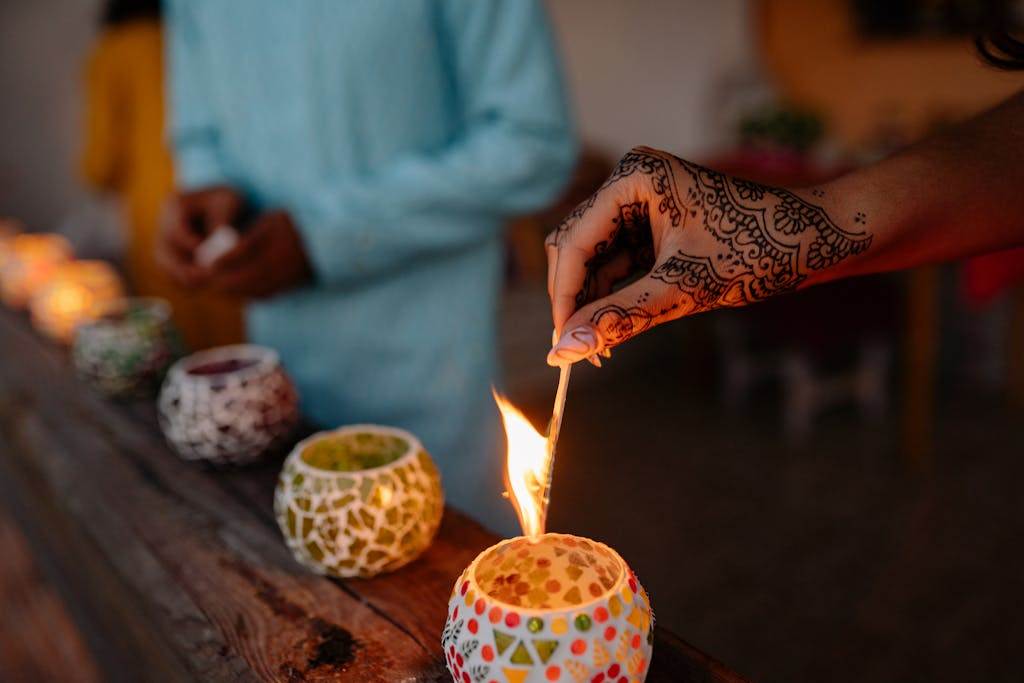
- North American Indigenous Tribes: Many tribes use tattoos for ceremonial purposes and as markers of warrior status or accomplishments, symbolizing bravery in battle and a connection to the tribe’s spiritual beliefs.
- Sami People of Northern Europe: They have a tradition of using tattoos to mark significant life events, such as the transition into adulthood. These tattoos often depict animals, nature, or intricate patterns that highlight their connection to the environment.
- Inuit Culture: Tattoos have served various purposes, from signaling maturity to remembering loved ones lost at sea. The Inuit believe these markings strengthen the spirit and honor the memory of the deceased.
Such rich traditions remind us that tattooing is not merely a personal choice; it often signifies collective identity and cultural heritage. As we traverse through history, understanding these early practices enriches the contemporary art of tattooing, underscoring the timeless human desire to express one’s self and connect with others through meaningful symbols. The journey through the ancient past leads us to explore how tattooing techniques evolved over time, further unfolding the tapestry of this extraordinary body art.
III: Evolution of Tattooing Techniques
Tools and Methods Used in Traditional Tattooing
As the journey through tattooing’s rich history continues, the evolution of tattooing techniques stands out prominently. Traditional tattooing, with its unique tools and methods, was as much an art form as it was a skill. Different cultures developed distinct techniques that not only showcased their artistic styles but also adhered to their beliefs and practices. In ancient societies, common tools included:
- Bone Needles: Early tattoos in various regions, including Polynesia and North America, often used sharpened bones, which were dipped in ink made from plant sap, charcoal, or minerals.
- Handpoke Method: This technique involved manually puncturing the skin with a needle to create designs. It was a meticulous process, requiring great precision and skill.
- Tatau Tools in Polynesia: Traditional Polynesian tattooing used wooden tools with sharp points, connected to a wooden mallet. This method allowed for intricate patterns that told stories and marked social status.
While some may romanticize these methods, it is crucial to recognize the deep cultural significance behind them. For instance, a tattoo from a traditional Maori artist carries not just ink but a legacy of artistry passed down through generations. A friend of mine received such a $tatau$, and each session wasn’t just about the tattoo itself but involved storytelling about the culture, ancestry, and meaning behind each line.
Technological Advancements in Modern Tattooing
Fast forward to modern times, and the world of tattooing has embraced technology, transforming how tattoos are created and perceived. The transition from traditional methods to contemporary tools has made the process more accessible, diverse, and artistically varied. Some of the technological advancements include:
- Electric Tattoo Machines: Gone are the days of hand-poked tattoos alone. Electric machines allow for faster application and more intricate designs, revolutionizing tattoo art. Artists can create delicate lines and shades with greater ease and accuracy.
- Sterilization Techniques: Modern practices emphasize hygiene and safety, with the use of single-use needles and disposable, sterilized equipment, ensuring a safer experience for both artists and clients.
- Laser Technology for Removal: As the stigma around tattoos fades, so too does the permanence. Laser removal technology provides a way for individuals to undo tattoos. This advancement, while seen as controversial by some, highlights the evolving relationship society has with body art.
- Digital Design Software: Today’s tattoo artists often embrace digital technology to create and present designs. This innovation allows clients to visualize their tattoos more accurately before getting them permanently inked.
Reflecting on this evolution, it’s fascinating to note how contemporary tattooing continues to respect its ancient roots while incorporating innovation. Artists today blend traditional techniques with modern approaches, creating unique styles that draw from the past yet speak to the future. The journey through the evolution of tattooing techniques not only exemplifies the art form’s adaptability but also sets the stage for exploring the cultural significance of tattoos today—a connection to identity, spirituality, and societal norms.
IV: Cultural Significance of Tattoos
Religious and Spiritual Symbolism
As we delve deeper into the cultural significance of tattoos, one of the most profound facets emerges: their role in religious and spiritual symbolism. Across various cultures, tattoos have been intimately connected to faith and beliefs, serving as markers of devotion, protection, and spiritual identity. For many, tattoos embody a connection to the divine or represent personal beliefs. Here are a few compelling examples:
- Buddhist Tattoos: In various Buddhist cultures, symbols such as the lotus flower or dharma wheel are intricately tattooed to signify spiritual awakening and enlightenment. Individuals often get these tattoos to remind themselves of their spiritual journeys or as an offering of devotion.
- Christian Tattoos: Crosses, angels, and biblical quotes are prevalent among tattoo enthusiasts who use body art as a testament to their faith. For instance, a friend of mine has a tattoo of a verse that inspired her during difficult times, offering her a daily reminder of hope and resilience.
- Hindu Tattoos: In Hindu culture, tattoos can represent both deities and spiritual elements, often reflecting the wearer’s dedication to their faith. These tattoos are sometimes used in rituals or celebrations, marking important life events like marriages.
Through these examples, it’s evident that tattoos serve as powerful symbols that hold immense meaning for many. They encapsulate personal beliefs, commemorate significant life events, or even act as a form of protection against negative energies.
Social Status and Identity
In addition to spiritual significance, tattoos also communicate social status and identity. Throughout history, tattoos have been used to convey one’s place within a community, symbolize achievements, or distinguish between different groups.
- Warrior Culture: In many indigenous tribes, tattoos were often associated with warriors. Achieving a tattoo was a rite of passage, indicating bravery and accomplishments in battle. For instance, many Native American tribes use specific patterns that signify individual achievements, showcasing warriors’ valor and status.
- Cultural Identity: Tattoos often serve as markers of cultural identity, helping individuals connect with their heritage. In Maori culture, the intricate designs of “ta moko” not only tell personal stories but also represent tribal affiliations and social status within the community.
- Modern Social Statements: In contemporary society, tattoos have become a canvas for self-expression. Many individuals use tattoos to challenge social norms, convey personal narratives, or promote causes they’re passionate about. A colleague of mine proudly sports a tattoo advocating for mental health awareness, aiming to initiate conversations and reduce stigma.
As we reflect on the cultural significance of tattoos, it’s clear they transcend mere body art. Whether serving as spiritual symbols, representations of social status, or expressions of personal identity, tattoos connect individuals to their cultures and communities. This deep-rooted significance propels us toward understanding how tattoos are perceived in modern society, where their meanings continue to evolve.
V: Tattooing in Modern Society
Popularity of Tattoos in Mainstream Culture
As we explore tattooing in modern society, it’s striking to see how tattoos have made an undeniable mark on mainstream culture. Once considered taboo or associated primarily with rebellious youth, tattoos have now woven themselves into the very fabric of everyday life across diverse demographics. Today, it’s common to find celebrities proudly displaying their body art on red carpets, creating trends that capture the public’s eye. Take, for instance, stars like Rihanna and Dwayne “The Rock” Johnson, whose tattoos not only express personal stories but also resonate with millions of fans. This visibility has stripped away much of the stigma attached to tattoos, making them widely accepted as a form of self-expression.
Statistics Highlighting Popularity:
- According to a recent survey, over 30% of Americans aged 18-29 have at least one tattoo, a number that continues to rise.
- The global tattoo industry is valued at approximately $3 billion, reflecting tattoos’ growing acceptance and demand.
The normalization of tattoos can also be seen in various industries. From corporate settings to academic institutions, body art is now frequently seen alongside tailored suits and lab coats. For example, several colleagues in professional circles bear tattoos that are visible—even celebrated as part of their unique identities. This shift signifies that as society evolves, its perceptions of individuality and self-expression follow suit.
Tattoo Trends and Styles Today
With the rise in popularity, an array of tattoo trends and styles have emerged, each carrying its own unique flair. Artistry in tattoos has expanded, allowing for highly personalized designs that reflect individual stories and personalities. Here are some of the current trends making waves in the tattooing world:
- Minimalist Tattoos: Simple lines and geometric shapes have gained immense popularity, often embodying subtle meanings. Many people now opt for small tattoos that can easily be hidden or revealed, lending themselves to minimalist aesthetics.
- Watercolor Tattoos: This style mimics the brush strokes of a watercolor painting, creating dreamy, colorful designs. These tattoos appeal to those who want a more artistic touch, often resembling works of art rather than traditional designs.
- Nature-Inspired Tattoos: Designs drawing inspiration from flora and fauna celebrate connections to nature. Elements such as trees, mountains, and animals not only beautify the skin but communicate a deeper sense of harmony with the environment.
- Neo-Traditional Tattoos: Blending realism with traditional tattoo styles, neo-traditional art often features vibrant colors and intricate details, making it a popular choice for those looking for bold visuals with storytelling elements.
In a world that increasingly values authenticity and personal storytelling, tattoos serve as a canvas for individuals to showcase who they are or aspire to be. They are more than body art; they encapsulate experiences, beliefs, and identities. As we conclude our journey through the landscape of tattooing, it is clear that its evolution symbolizes much about society’s changing attitudes towards art, culture, and self-expression. The art of tattooing, with its deep roots and modern relevance, continues to be a fascinating exploration of humanity’s desire to connect deeply with personal narratives and cultural heritage.
